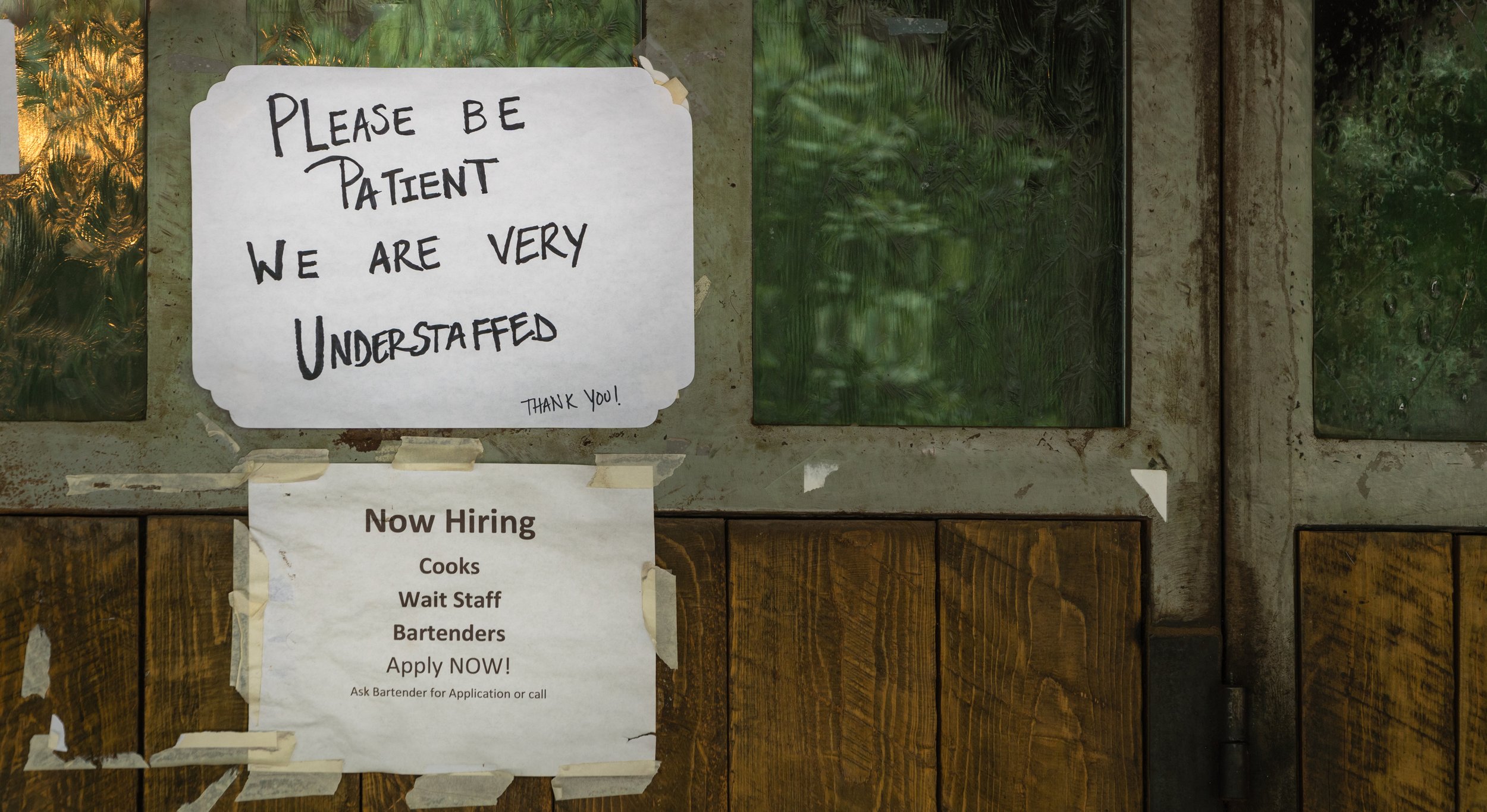iStockphoto.com | WoodysPhotos
If you’ve ever watched Olympic track and field athletes race the 400-meter hurdles, you know how the typical job hiring process feels – a lap of obstacles while you run as fast as you can. You must stay in your lane and hope the other runners don’t clear a hurdle. In the end, only one person will be hired. You want it – you need it – to be you.
Athletes train for years to run that lap and clear eleven hurdles, high and low. Nobody trains to look for a job. It’s something that’s done out of necessity and in intense bursts of activity. Then you land a job, settle in, and forget about how hard it was too until the next time you’re faced with unemployment or want to move onward and upward.
During the hiring process, job seekers face a multitude of obstacles. Some are technical. Some are all too human. Here are some key examples and some tips to win the race.
Obstacle #1: Companies use Automatic Tracing systems to screen candidates’ resumes and profiles. It is impossible to know the magic combination of keywords your resume must contain to slip past the machine wall. How do you overcome that? Battle tech with human intelligence. After you’ve applied online, use LinkedIn, or any other means at your disposal, to try to discover the job’s hiring manager – if you know who that is, you can get your resume directly to them. Be aware that you still need to follow the company’s online application process, but this can help put your candidacy over the top.
Obstacle #2: You’re hot on a new job listing. Then you see what the role pays. It’s below market and not where you need it to be. Don’t panic. This high hurdle may not be as insurmountable as you believe. First, you need an interview before you start worrying about an offer. Second, if the application requires desired salary information, enter $0 if you can. This will allow your resume to make it through filters that try to weed out high salaries. Third, go on to PayScale.com and find out what the job should pay in your area. When salary negotiations begin, have the data and be ready to explain why you deserve your desired range.
Obstacle #3: Not all job listings are created equal, and it’s hard to ascertain whether you are qualified. If a company asks for everything and the kitchen sink, read between the lines and figure out what the essential skills are. If you have a significant skill gap, you can close it with online classes during the hiring process. Be honest about your level, but you can improve your candidacy by proactively learning a required skill.
Obstacle #4: One of the most frustrating aspects of a job search is an endless interview process. Time frames for how long a company takes to hire varies. Hiring a C-level executive (such as a CEO, COO, etc.) takes longer than an hourly employee for an entry-level job. However, there is such a thing as too long. If you find yourself mired in a lengthy hiring process, try contacting the company and tactfully push your candidacy along – tell the potential employer you are entertaining other offers but really, really want to work for them. They will potentially respond to this in a positive manner and get the gears in motion if they want you. If you get more stalling, it may be time to move on.
Obstacle #5: Speaking of moving on, if there are too many obstacles, there are plenty of other jobs out there. A company’s hiring process says a lot about its culture. If the way a company conducts itself during an interview process rubs you the wrong way, there is good reason, though not certain, to believe that you may not be the right cultural fit for the job. Learn when to walk away!
Obstacle #6: Don’t drop the ball on the basics. Proofread everything. Be on time. Dress appropriately. Be prepared with questions. You have enough hurdles to clear. Do not be your greatest obstacle.
Philip Roufail contributed to this article.
Scott Singer is the President and Founder of Insider Career Strategies Resume Writing & Career Coaching, a firm dedicated to guiding job seekers and companies through the job search and hiring process. Insider Career Strategies provides resume writing, LinkedIn profile development, career coaching services, and outplacement services. You can email Scott Singer at scott.singer@insidercs.com, or via the website, www.insidercs.com.






